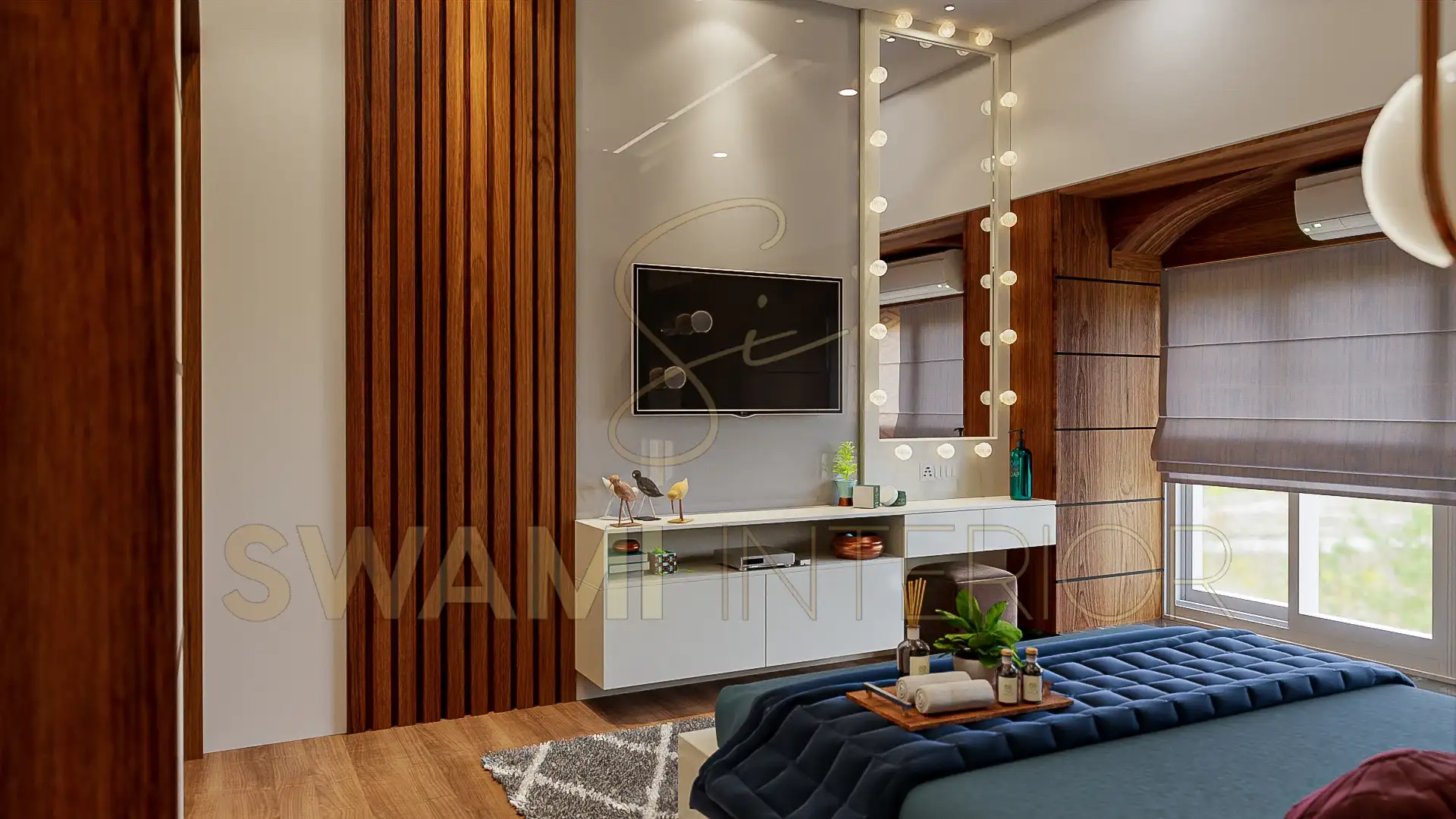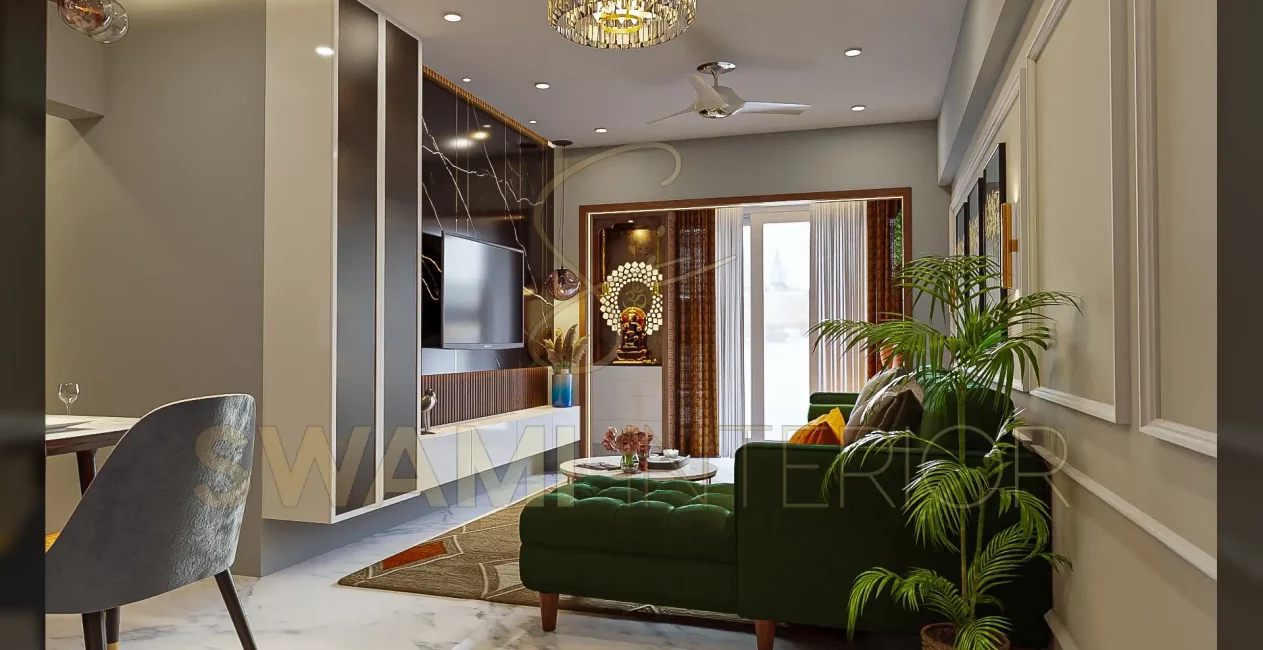A curtain wall is defensive wall between two towers (bastions) of a castle, fortress, or town.
A curtain is a piece of cloth or other material intended to block or obscure light, air drafts, or (in the case of a shower curtain), water. A curtain is also the movable screen or drape in a theatre that separates the stage from the auditorium or that serves as a backdrop/background.
Curtains are often hung on the inside of a building’s windows to block the passage of light. For instance, at night to aid sleeping, or to stop light from escaping outside the building (stopping people outside from being able to see inside, often for privacy reasons). In this application, they are also known as “draperies”. Curtains hung over a doorway are known as portières.[2] Curtains come in a variety of shapes, materials, sizes, colours, and patterns. They often have their own sections within department stores, while some shops are completely dedicated to selling curtains.

Curtains vary according to cleanability, ultraviolet light deterioration, oil and dust retention, noise absorption, fire resistance, and life span. Curtains may be operated by hand, with cords, by press-button pads or remote-controlled computers. They are held out of the way of the window by means of curtain tie-backs. Measuring curtain sizes needed for each window varies greatly according to the type of curtain needed, window size, and type and weight of curtain.
Curtains are a form of window decor and complete the overall appearance of the interior of the house. Curtains help control the ambiance and flow of natural light into the room. The effect of drapery or curtains is best seen in daylight, and with proper indoor light positioning, can look attractive even at night

